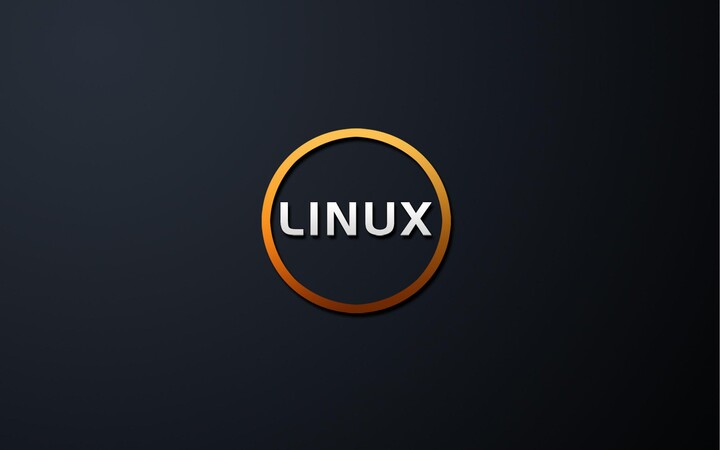Linux - A Viable Alternative For The Blind?
+ Add to Google News
- Opinion
- en
- John Doe
- 4 years ago
- 2020-12-29 08:00:00
- comments
- : 3 minute 46 secunde
- image: Google images
Blind computers users had more difficulty than most people when they made the transition from DOS to Windows. Would a switch to Linux be as great a problem? Saqib Shaikh thinks it would instead make their computing experience easier and richer.
In the early 1990s, many blind people were using computers running MS-DOS. Many of them had good jobs as computer operators or programmers. Once Microsoft Windows appeared, employers wanted people who could use Windows word processors and follow instructions such as "Click on the green blob on the left to start Word." They wanted programmers who could write programs for Windows (which functionally were the same as the DOS ones) with fancy graphics which took advantage of features such as drivers and libraries not available under DOS. This left the blind computer user unable to use Windows for the next two or three years, while usable Windows screen readers were developed.
You may be thinking, "Why do I want to know about Linux if this is what is going to happen again?" But hang on -- while the scenario may be similar, the outcome need not be.
There are a number of fundamental differences between DOS/Windows and Linux and its accompanying GUI. Probably the most apparent difference is the abundance of useful text-based programs still available under Linux. When Windows 3.0 was released, it became difficult to find DOS-based HTML editors, PDF viewers, Web browsers that supported JavaScript, etc. Files created under Windows were no longer readable under DOS, meaning that everyone in an organization had to use Windows. Windows could support the latest hardware and had advanced features such as multitasking. Naturally, this led to a rapid decrease in the number of people using (and writing) DOS-based programs. With the introduction of Windows 95, Microsoft tried to completely hide the MS-DOS interface, further decreasing the interest in DOS.
In contrast, a modern Linux distribution contains many gigabytes of text-based applications. Even more text-based applications are freely available on the Internet. All of these programs are compatible with their graphical equivalents, so if a blind person wishes to use text-based tools within an organization, there is no issue regarding file sharing with those users using X. Furthermore, console applications can access all the new features of Linux that X-based applications can, such as new hardware support. In terms of multitasking, Linux is a multitasking operating system from the ground up.
There is no disadvantage to using the Linux console instead of the GUI. To put this statement into perspective, there are still a few advantages to using X. The main one is that some companies are once more only writing programs for X, such as Netscape and WordPerfect. While this may imply that the Linux revolution is heading down the same road as the DOS/Windows one, it should be pointed out that since more and more text-based Linux applications are still being developed, there are already programs that can perform equally well as the two commercial products named above.
[w3m is as good a browser as Netscape, better than it in many ways. Word Processing is a harder problem. While most people would be happier and more productive (and produce better documents) using Emacs or Vi and learning LaTeX or SGMLtools, some people in corporate jobs need to be able to handle Word documents. The Blinux FAQ reports that there are no up-to-date word processors that run on the console; they recommend writing HTML and asking recipients to use Word's HTML import filter. Perhaps the Abiword/OpenOffice and KWord teams should consider building console support into their programs; more than just the blind would appreciate being able to use a word processor over an ssh session. -- Editor]
This article has, until now, failed to address what is potentially one of the most important facts about Linux to a blind user -- its Open Source nature. Since the source code for Linux (and the vast majority of the applications written for it) is freely available, it is much easier for people to write screen readers for Linux than for other operating systems. There have been a number of attempts by individuals to write screen readers, and while they do not yet match the quality of DOS screen readers, they are, nevertheless, usable. These screen readers are almost all Open Source and freely available, eliminating the cost of many hundreds of pounds that an individual must spend to access DOS/Windows. If an existing access technology manufacturer were to decide to support Linux, I believe that the resulting product would give the user far better access than existing screen readers for other operating systems, as it is possible to "look inside" the workings of the supported applications.
In summary, the Open Source nature of Linux will allow better, more intelligent software to be developed for the blind computer user. While X is becoming increasingly popular, the Linux console is still being supported and will continue to be supported as long as Linux is around. In addition, the Linux console provides all the power available under X, if not more!
- powered by Verysign













